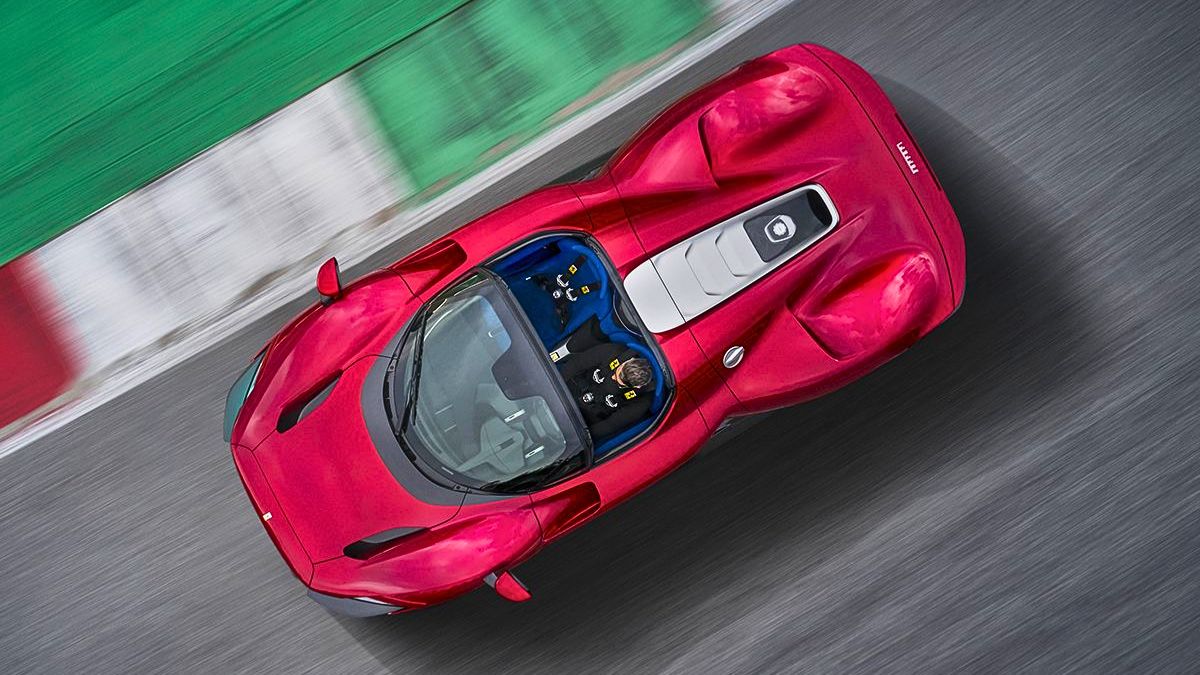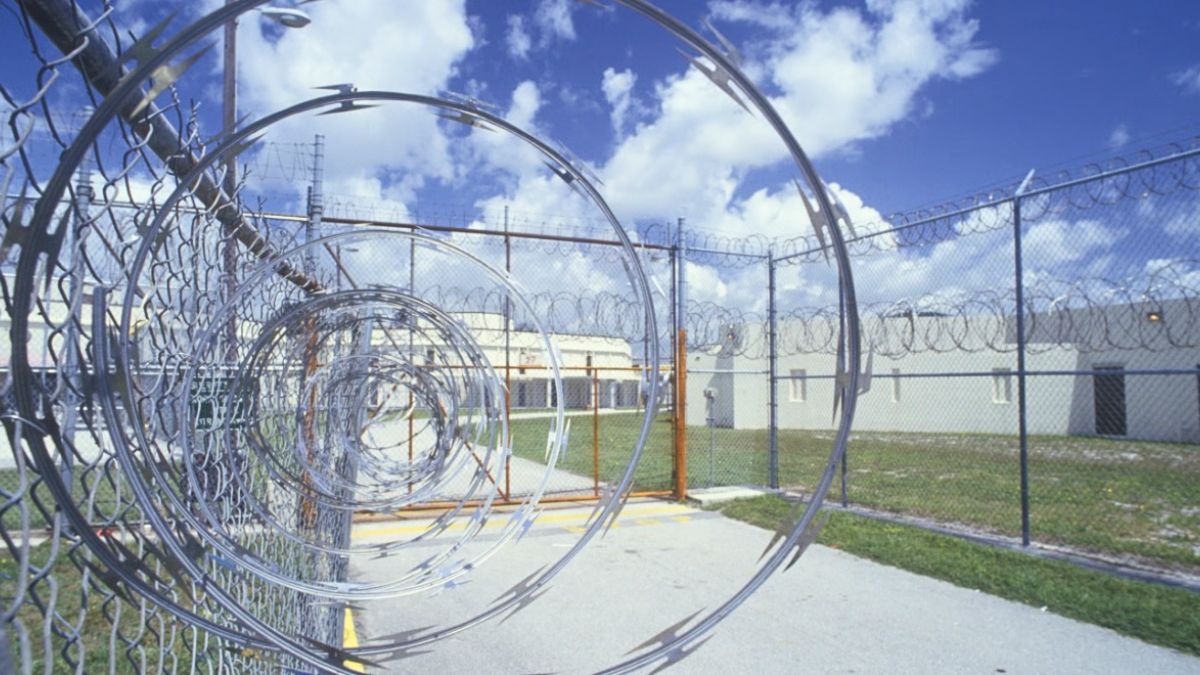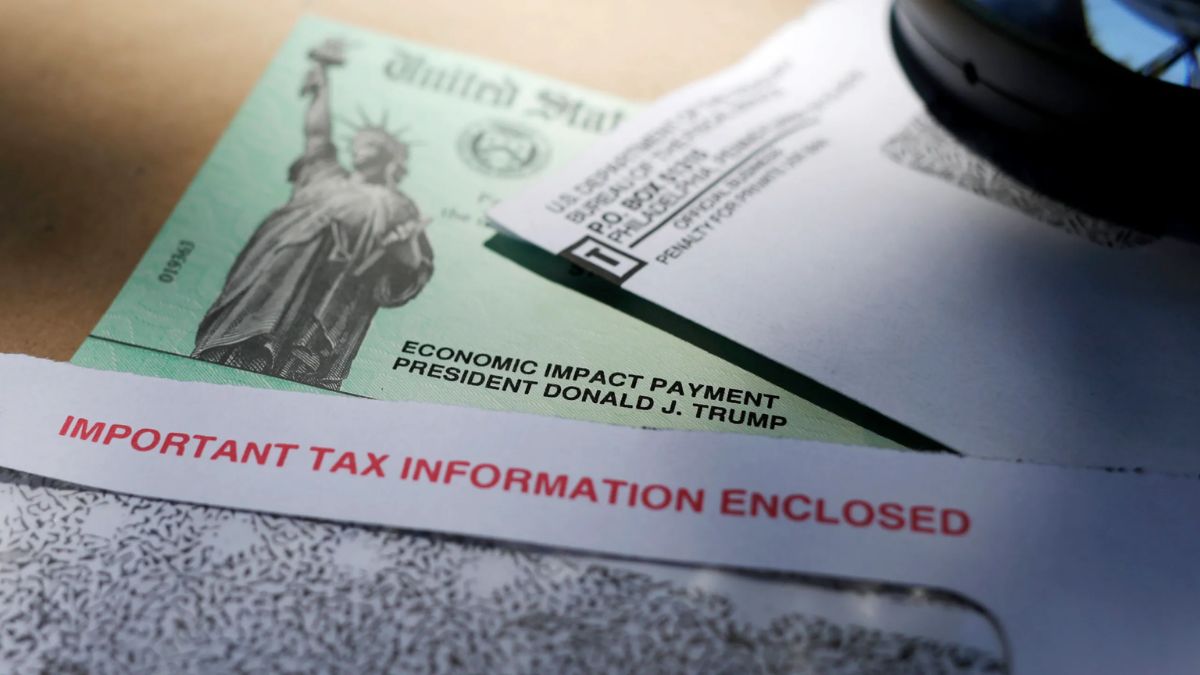Ferrari, a brand that’s practically synonymous with roaring engines and raw performance, is stepping into the future—but without letting go of its past. While many carmakers are racing to go fully electric, Ferrari is taking a slightly different route. They’re embracing green technology, but keeping their iconic combustion engines alive using a cleaner, greener fuel.
Let’s cut into what this change really means for Ferrari—and for car enthusiasts worldwide.
Tradition
Ferrari is known for its high-performance combustion engines and the unique sound that comes with them. Fans often say it’s not just a car—it’s an experience. Naturally, there’s been concern that a switch to electric would strip Ferrari of what makes it special.
But Ferrari isn’t giving up combustion. Instead, they’re exploring a way to make their traditional engines eco-friendly, especially as the European Union gears up for major regulatory changes.
Regulation
The European Union has set a deadline: from 2035 onward, new vehicles with internal combustion engines can no longer be sold. It’s a move to tackle climate change and cut down greenhouse gas emissions.
However, there’s a twist. Germany and the EU struck a deal to allow combustion engines to live on—if they run on e-fuels. That little detail has opened a new door for Ferrari.
Efuels
E-fuels, short for electric fuels, are synthetic alternatives that don’t release new greenhouse gases. They’re made using renewable energy, green hydrogen, and captured carbon dioxide. Some examples include e-methanol, e-methane, and e-kerosene.
What’s interesting is that the CO2 used in making these fuels is roughly the same amount released during use, making the cycle close to carbon neutral.
Opportunity
This e-fuel loophole is great news for Ferrari. It means they can still manufacture and sell combustion engine vehicles beyond 2035—as long as they run on e-fuels. This includes everything from future hypercars to Formula 1 machines.
Ferrari’s CEO, Benedetto Vigna, welcomed the decision. He sees it as a green light to continue blending innovation and tradition. E-fuels, especially e-methanol, will play a key role in Ferrari’s sustainable future.
Emethanol
Of all the e-fuels, Ferrari is particularly interested in e-methanol. Why? Because it’s versatile and sustainable.
E-methanol is made using green hydrogen and carbon dioxide taken directly from the air. It’s portable, easy to store, and compatible with existing fuel systems. It can even be mixed with conventional fuels or used on its own—no massive engine redesigns needed.
Benefits
E-methanol comes with a lot of perks, especially for high-performance vehicles:
- It’s carbon neutral
- Can be used with current fuel infrastructure
- Easy to store and transport
- Ideal for international use
For a global luxury brand like Ferrari, these features make e-methanol incredibly attractive.
Challenges
Of course, no innovation is perfect. There are some hurdles to consider:
- Production is still expensive
- CO2 capture and green hydrogen are costly
- Regulations are evolving and could change
- E-fuels are pricier than standard fuels for now
Still, as with most new technologies, costs are expected to drop over time as demand and production scale up. Ferrari’s leadership believes the investment is worth it.
Future
Ferrari is choosing a path that honors its roots while moving toward a more sustainable future. Rather than switching to electric-only, they’re betting on a hybrid strategy: keeping their legendary engines alive with an eco-friendly twist.
And for fans worried about the sound of a Ferrari fading into silence—don’t stress. This green engine still growls.
FAQs
Is Ferrari going fully electric?
No, Ferrari will keep combustion engines using sustainable e-fuels.
What are e-fuels?
E-fuels are synthetic, carbon-neutral fuels made using renewable energy.
When will EU ban combustion engines?
In 2035, unless they run on sustainable fuels like e-methanol.
What fuel will Ferrari use in the future?
Ferrari plans to use e-methanol due to its clean and flexible use.
Will e-fuels be expensive?
Yes, but costs are expected to decrease over time.
























